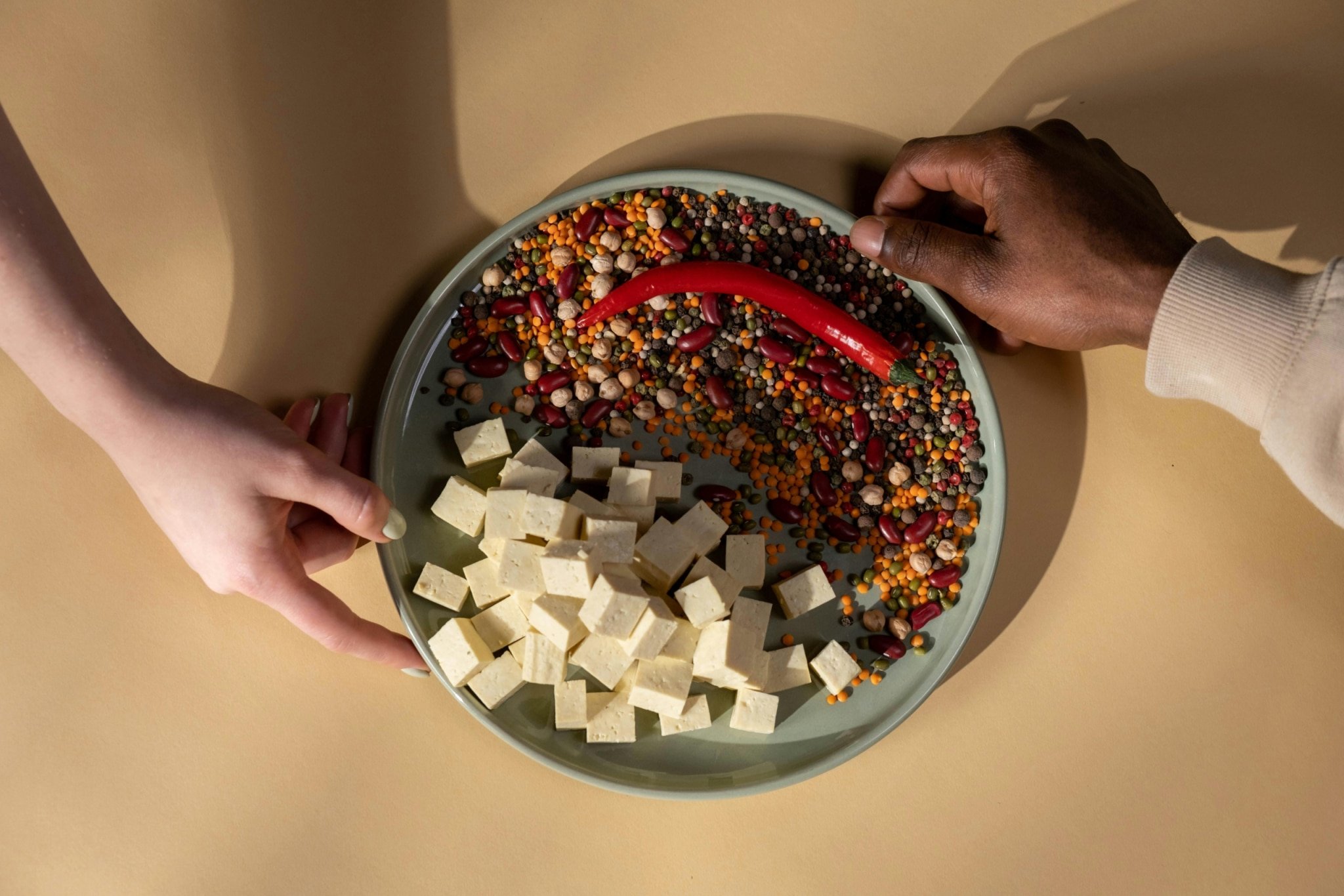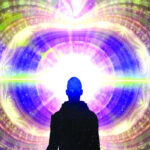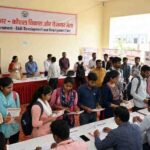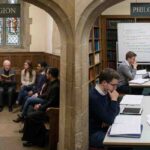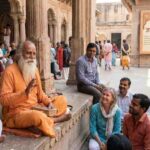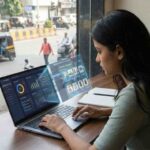New Delhi – In a country celebrated for its diversity, where religious, cultural, and ideological beliefs coexist, the very foundations of understanding and unity seem increasingly at risk. India’s rich tapestry of traditions, languages, and faiths has always been a source of pride, but in today’s hyper-polarized world, beliefs are often wielded as weapons, dividing communities rather than bringing them together.
This growing divide raises a critical question: Are our beliefs fostering greater understanding, or are they becoming barriers to dialogue and coexistence?
Beliefs as Walls Instead of Bridges
Historically, India’s pluralism has thrived on a delicate balance between individual beliefs and collective harmony. Yet, contemporary trends suggest that deeply held convictions are being misused to stoke division rather than promote unity.
- Religious Polarization
- Communal tensions have surged in recent years, often driven by political rhetoric. In 2022, hate crimes with religious motives saw a 28% increase, according to a report by the National Crime Records Bureau (NCRB).
- High-profile controversies, such as the hijab ban in Karnataka and debates over loudspeakers at religious sites, reveal how differences in practices are being amplified into societal flashpoints.
- Caste and Class Divide
- Despite constitutional protections, caste-based discrimination persists, often cloaked under cultural or religious justifications. The NCRB also reported over 50,000 caste-based crimes in 2022 alone, underscoring the deep-rooted nature of the problem.
- Beliefs tied to caste superiority continue to undermine efforts toward equality and mutual respect.
- Ideological Echo Chambers
- Social media has become a battlefield of clashing ideologies, where individuals retreat into echo chambers that reinforce their beliefs while dismissing opposing perspectives. A 2023 Reuters Institute report highlighted that 72% of Indian social media users interact predominantly with like-minded groups, reducing opportunities for constructive dialogue.
The Role of Media in Reinforcing Barriers
The media, which should ideally foster informed discourse, often exacerbates divides through sensationalism and biased reporting.
- Selective Coverage
- Stories of interfaith marriages, often dubbed as “love jihad” by certain outlets, dominate headlines while sidelining narratives of harmony and shared community efforts.
- Amplifying Extremes
- By giving disproportionate attention to fringe voices, the media often magnifies conflict over commonality, feeding into public perceptions of “us vs. them.”
Education and Its Role in Shaping Understanding
India’s education system has the potential to break these barriers but often falls short in promoting critical thinking and empathy.
- Curricular Gaps
- Textbooks often gloss over contentious aspects of history or present one-sided narratives, limiting students’ ability to critically analyze the roots of current societal divides.
- Inclusive Teaching Practices
- Schools focusing on intercultural dialogue and comparative religion studies have seen success in fostering mutual respect. However, such initiatives remain the exception rather than the norm.
When Beliefs Turn Into Intolerance
The transformation of beliefs into rigid dogmas often leads to the exclusion of dissenting voices and the marginalization of vulnerable groups.
- Gender Inequality
- Religious and cultural norms are frequently cited to justify practices like child marriage, honor killings, and restrictions on women’s rights. For instance, the National Family Health Survey (NFHS-5) revealed that 23% of women in rural India were married before the age of 18, often under the guise of tradition.
- Cultural Policing
- From moral policing during festivals like Valentine’s Day to censorship of art and literature deemed “offensive,” beliefs are increasingly being weaponized to stifle expression and enforce conformity.
Pathways to Understanding: Breaking Down Barriers
To transform beliefs into tools for understanding rather than division, systemic changes are essential:
- Encouraging Interfaith and Intercultural Dialogue
- Programs like Sadbhavana Divas and community-driven initiatives can bridge gaps between groups, fostering trust and empathy.
- Promoting Media Literacy
- Teaching citizens to critically analyze news and social media content can reduce susceptibility to divisive narratives.
- Reforming Education
- Incorporating teachings on empathy, critical thinking, and cultural appreciation into school curricula can prepare future generations to embrace diversity.
Conclusion: Moving Beyond Division
India’s strength has always been its ability to unite diverse beliefs under a shared identity. Yet, as beliefs increasingly become barriers, the need to rethink their role in society has never been more urgent.
Understanding begins with the willingness to listen, question, and empathize. By breaking down walls of division and fostering genuine dialogue, India can reclaim its legacy as a land where diversity is celebrated, not feared. The choice lies with us—will we allow beliefs to divide, or will we let them bring us closer?

